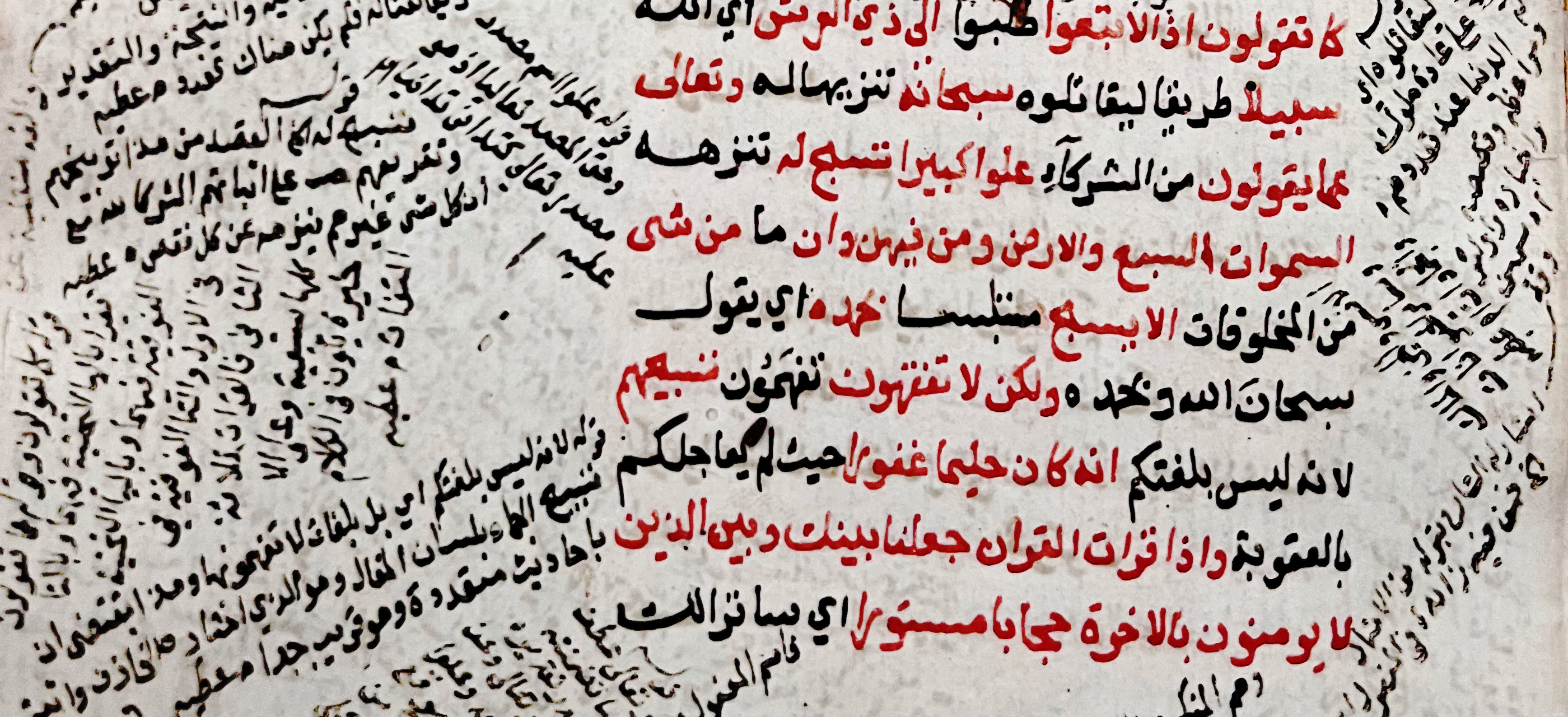First research activities at the prehistoric mountain site hayl ajah at the inner flank of al jabal al kawr
Contenu
- Titre
- First research activities at the prehistoric mountain site hayl ajah at the inner flank of al jabal al kawr
- Sujet
- Archéologie -- Oman
- Résumé
- As the first undertaking of its kind, Project SIPO has embarked in 2018 on the environmental-archaeological research of a lithic site in Oman in a true mountain ambient – Hayl Ajah (a large sediment-filled depression at 1019 m a.s.l. on an intermontane karst plateau between Al Jabal Al Kawr and Al Jabal Al Ghul; Figs 1 and 2). Because porous karstic limestone – other than more compact rocks – allows the infiltration of precipitation water into the matrix of the rock itself, our project aims to find out, whether during prehistoric periods a degree of water storage inside limestone rock-layers and aeolian surface sediments could have made good for the reduced precipitation in the northern part of Oman compared to the country’s south. Judging from the archaeological finds, the site Hayl Ajah and similar smaller sediment places in the surroundings mountains have been accessed by people during different prehistoric periods (probably since the Middle Palaeolithic, definitely during the Neolithic and Umm an-Nar period). At the present stage we encounter various kinds of small, dispersed water and sediment features in our research area that could have served mobile foragingpastoral groups while roaming the bleak mountain landscape. Indicative of this is the remarkably wide spectrum of mostly non-local raw materials used for the stone artefacts of Hayl Ajah. For some of the lithics encountered at the mountain site, yet no real analogy to lithic traditions in other parts of the Arabian Peninsula can be found. Other stone artefacts, according to first OSL/C14 dates, belong to a time period when aridization was under way (Late Neolithic). From this evidence we infer tentatively that mountainous places in Al Jabal Al Hajar have had significance for prehistoric humans during past dry periods - perhaps as the “roof section” of an environmentally diversified, yet integrated refugium in the Kawr-Akhdar Area encompassing the more open alluvial places at the mountain front (cf. Uerpmann, Uerpmann & Jasim 2000).
- Est une partie de
- Athar: Bulletin of Archaeological Research in the Sultanate of Oman
- numéro
- 1
- pages
- 156-165
- Date
- 2025
- Langue
- eng
Position : 50849 (7 vues)

